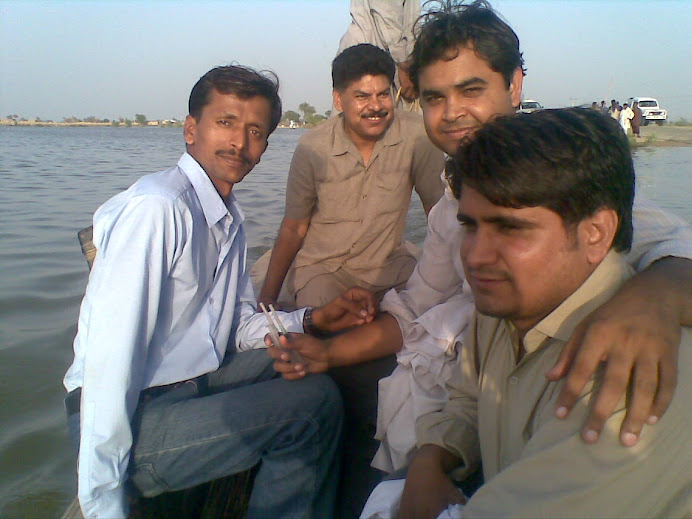

Mammary tumors are most common tumors in female dogs. The greatest frequency of mammary tumors found in poodles , Boston terriers, fox terriers, Airedale terriers, dachshunds, Great pyreness, Samoyeds, keeshonden and sporting breeds (pointers, retrievers, setters, spaniels). In dogs, benign tumours are usually classified as benign mixed tumours (fibroadenoma, adenomas or benign mesenchymal tumors). Approximately 25% to 50% of canine mammary tumors are malignant (Baba et al, 1985, Ogilvie and Moore, 1995). Malignant mammary tumors spread via lymphatic and blood vessels to the regional lymph nodes and lungs. Other less common metastatic sites include adrenal glands, kidneys, heart, liver, bone, brain and skin. The mixed mammary tumors are the most commonly identified neoplasm in the bitch (Dorn et al, 1968, Moulton et al, 1970) Malignant tumors frequently arise from benign masses (Flowers et al, 1974). The cause of mammary gland neoplasia is unknown. However, many are hormone dependant and most can be prevented, if ovariohysterectomy is performed before one year of age. The risk of mammary tumors for dogs spayed before first estrus is 0.05%. This risk increase to 8% after one estrus cycle and 26% after the second estrus (Ogilvie and Moore, 1995) Estrogen or progesterone receptors are found in 50% or more of canine mammary carcinomas and 70% of benign canine mammary tumors (Sartin et al, 1992). Mammary neoplasm may be solitary or multiple. The most common site for canine mammary tumors is the caudal mammary masses may varies from microscopic to grossly visible of various sizes (2 mm to 8 cm). Masses may be sessile of pedunculated, solid or cystic and uncerated or covered with skin and hair.
HISTORY:
A 10 months Samoyed bitch was presented because of a solid large lump involving second last caudal left (4th) mammary gland. The owners had noticed small nodule since the dog was of 2 months old.
PHYSICAL EXAMINATION:
All mammary glands were normal except left caudal 4th mammary gland. Solid consistency and over growth of tissues were observed on physical examination, palpation and aspiration. Benign tumor was suspected on physical appearance. Tissues from lump were obtained with the help of biopsy punch for further investigation and histological examination.
ULTRASONOOGRAPHY:
Ultrasonography was performed to identify the demarcation or abdominal involvement if any. Solid ball like structure was observed under ultrasonography with clear demarcation from abdominal wall.
DIAGNOSIS:
Benign tumor was suspected on physical examination and histologically, fibroadenoma was identified.
SURGICAL PROCEDURE:
Dog was premedicated with acepromazine at the dose rate of 0.05 mg/kg. General anaesthesia was administered with thiopental sodium 5% solution at the dose rate of 10 mg/kg. Animal was placed in dorsal recumbency with the thoracic limbs fixed cranially and the pelvic limbs fixed caudally in a relaxed position. The entire abdomen caudal thorax and inguinal areas were clipped and prepared for aseptic surgery. An elliptical incision around the involved mammary gland 1 cm from the tumor was made. Incision was continued through subcutaneous tissues to the fascia of the external abdominal wall superficial hemorrhage was controlled with swabbing, hemostats or ligation. An en bloc excision was performed by elevating one edge of the incision and dissecting subcutaneous tissue from pectoral and rectus fascia using smooth gliding motion of scissors. Traction was given on the elevated skin segment to facilitate dissection. The caudal superficial epigastric vessel was ligated and the superficial inguinally lymph node excised. A 3 inches circular ball like mass weighing 1500 gms was removed . All glandular tissue inguinal fat pad, abdominal musculature and a portion of the abdominal wall were removed. Walking sutures were used to undermine the wound edges and advance skin toward the center of the defect. Subcuticular sutures were used to appose skin edges. A series of horizontal mattress sutures were placed in the entire length of the wound. A second line of fine, simple interrupted sutures was used to appose the primary wound margins.
POSTOPERATIVE CARE AND ASSESSMENT:
An abdominal bandage was used to support the wound, compress dead space and absorb fluid. Bandage was changed daily for the first 3 days. The wound was inspected for inflammation, swelling, drainage, seroma, dehiscence etc. Bandages and mattress suture were removed after 4 days and remaining interrupted sutures were removed 12 days after surgery. Animal was normal and healthy after six months.
.jpg)











